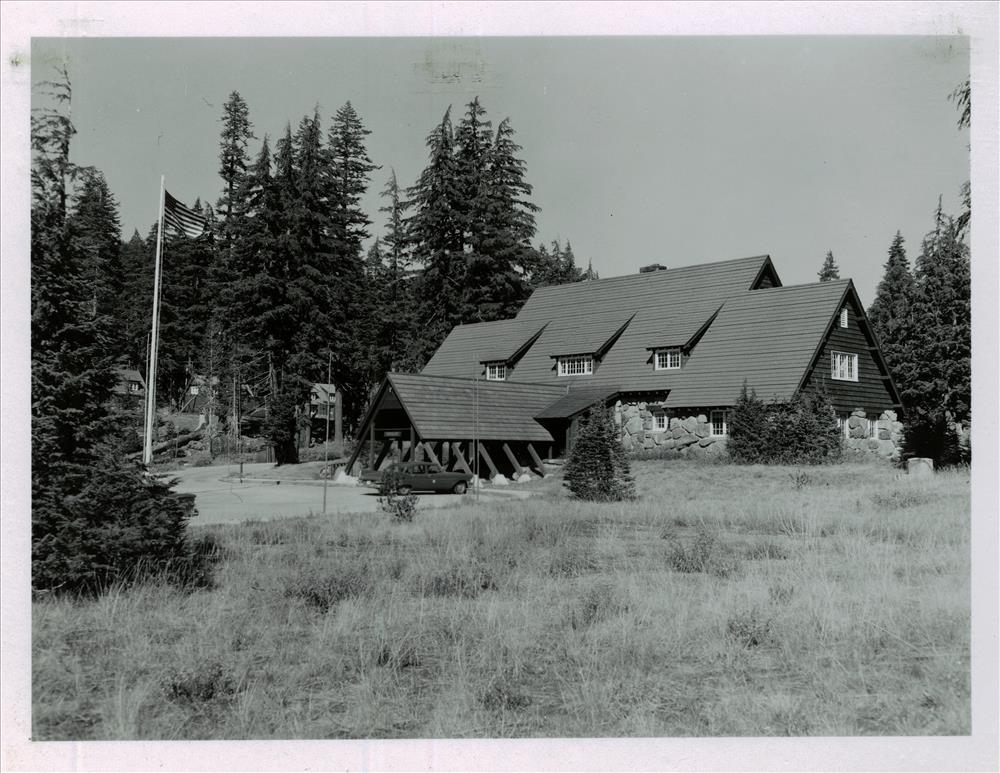We’ll begin with a couple of questions that I have composed, and the first group is about your background and life as chief park naturalist at Crater Lake.
My first question is where did you grow up and what is your educational background?
From age 3 to 8, I lived in the southern Sierra Nevada foothills on the Kern, Tule, and Keweah rivers because my father worked for the Southern California Edison Company. We moved from the Kern River station to Long Beach, California, when I was seven or eight and were there during the Long Beach Earthquake. When I was ten, we moved to Big Creek in the central Sierra. That’s where I developed my interested in the outdoors—living for a time next door to the district ranger office. While in Big Creek, I started as a forestry student at the University of California, Berkeley. I went in the Army when I was 20 and spent some of my time in the “Mountain Troops,” 10th Mountain Division.
While growing up in Big Creek, I spent a lot of my youth backpacking and skiing and associating with U.S. Forest Service people and mountaineers. Eventually, I graduated from the University of California with a bachelors degree in forestry in June of 1948.
What made you decide to enter the National Park Service? How did you work your way up from, like you said, seasonal park ranger to park manager?
During the time that I was in the Army my parents moved from the Big Creek power system down to the Kaweah River. They lived at the plant about a mile below the headquarters for Sequoia National Park. When I got out of the Army, and after sitting around home for a couple of weeks, it was apparent that I needed to look for a job. The superintendent, Colonel White, and chief ranger, John Wagner, gave me a job in Giant Forest as a fire control aide, making $1440 per annum.


